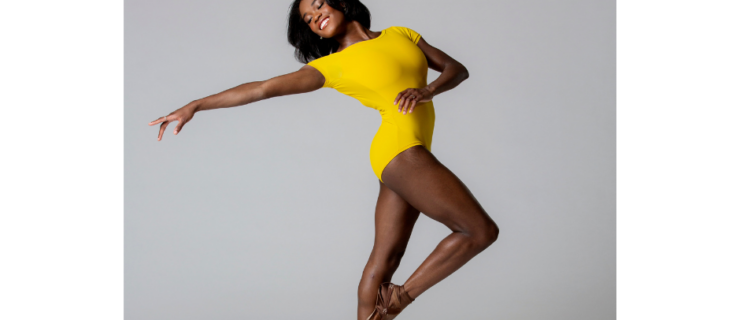Should You Cheer During a Dance Performance? Industry Pros Weigh In
If you’re at a dance competition or a studio’s end-of-year showcase, odds are you’ll hear some serious cheering happening, both in the audience and the wings. Vocally supporting your fellow dancers can definitely feel great—and in the right context, it might add to the performance. But mid-show cheering etiquette is complicated. When those shouts are excessive or disrespectful, they can have negative consequences.
So, to cheer or not to cheer? We asked dance-world experts to share their thoughts on the topic.
First things first: Cheering that distracts from the artistry of the performance is always a no-go. “Any time you’re in a situation that it’s a story and the dancers from backstage start yelling, it pulls the audience right out of that story,” says Cassie Farmer, director of Bozeman Dance Academy in Bozeman, MT. Most experts agree that yelling individual dancers’ names isn’t a good idea, either. It’s highly distracting, and can discourage dancers who aren’t getting called out. “When someone’s just yelling people’s names throughout the piece, it makes you think, ‘OK, so they’re cheering for that one person, but why aren’t they cheering for the other people?'” says Kayla Kalbfleisch, judge and faculty with 24 Seven Dance Competition.
Sandy Young, director of Young Dance Academy in Oak Creek, WI, has little tolerance for cheering other than at the beginning and end of a performance—the places cheering is appropriate in a professional concert dance environment. “If anybody at any time is planning on doing this in their life as a career, they should know that mid-show cheering doesn’t happen in the theater,” she says. “You’re not going to get the same feedback when you’re performing in a professional setting.”
During competitions, remember that the performance you’re watching isn’t only for the audience. It’s being judged, too—and loud screaming can distract adjudicators from their job. “For judges, cheering through a piece or excess cheering can be very distracting and even pull us out of the piece,” Kabfleish says.
That doesn’t mean all mid-show cheering is inappropriate. “It feels great to get a reaction from the audience!” says Joyce Winter, a frequent competition judge and freelance choreographer and instructor with studios such as Dancers Edge in Visalia, CA, and Brandon School of Dance Arts in Seffner, FL. Finding a balance is important. Christy Wolverton-Ryzman, owner and director of Dance Industry Performing Arts Center in Plano, TX, emphasizes that dance is an art form, and deserves the utmost respect from the audience, but she understands the importance of showing support to her students. “You’re investing so much into these kids, they’re literally like your own children!” she says. While watching a student hit something they normally miss in a piece, Wolverton-Ryzman will absolutely let out a cheer.
Winter suggests paying attention to the overall mood and context of the performance. A routine done on the court at the halftime of a basketball game is very different than a heartfelt lyrical number danced in a formal theater. “When it comes to cheering, that’s the most important thing: right place at the right time,” Winter says. “Respect the environment.”




